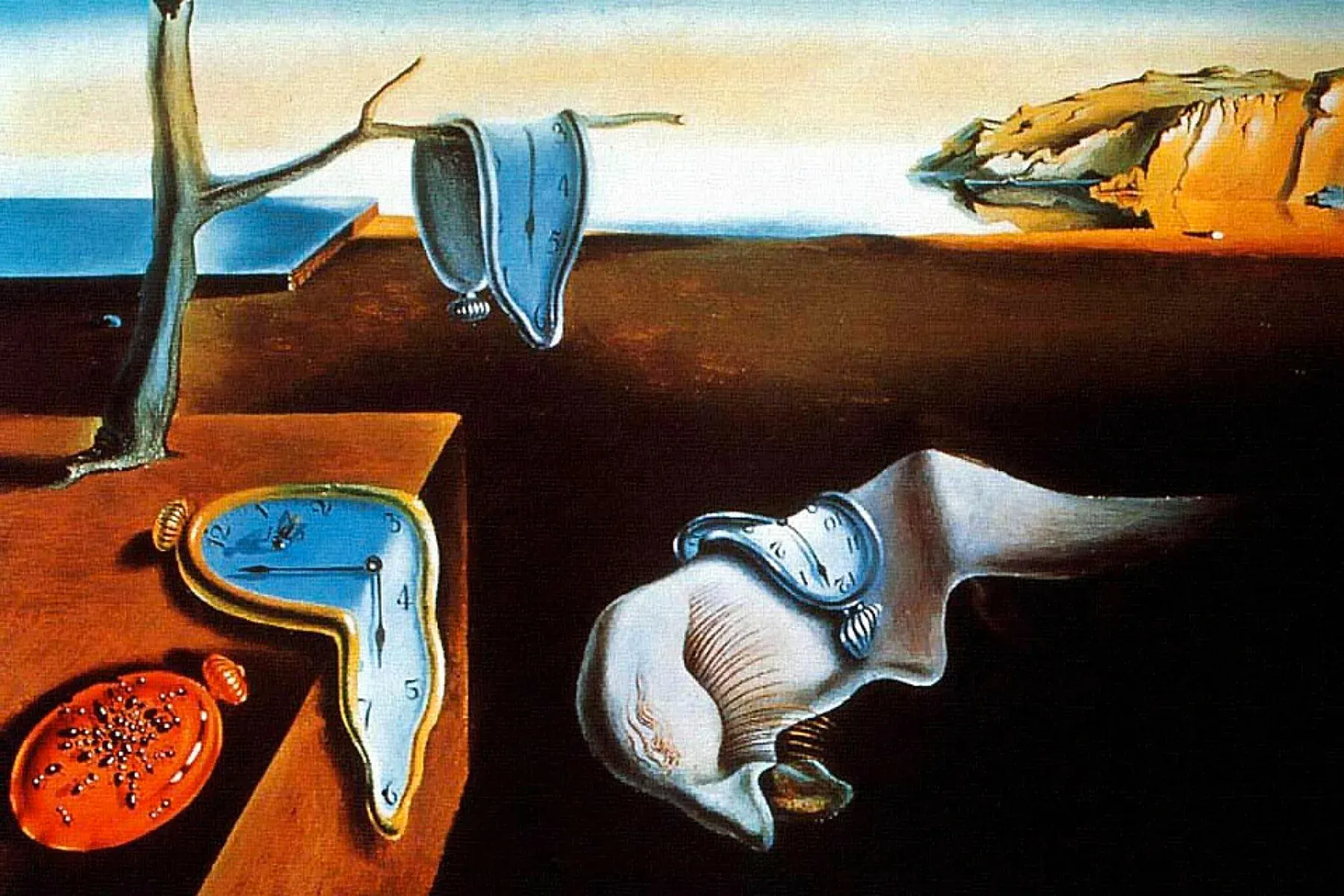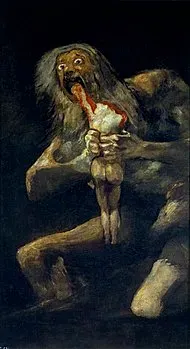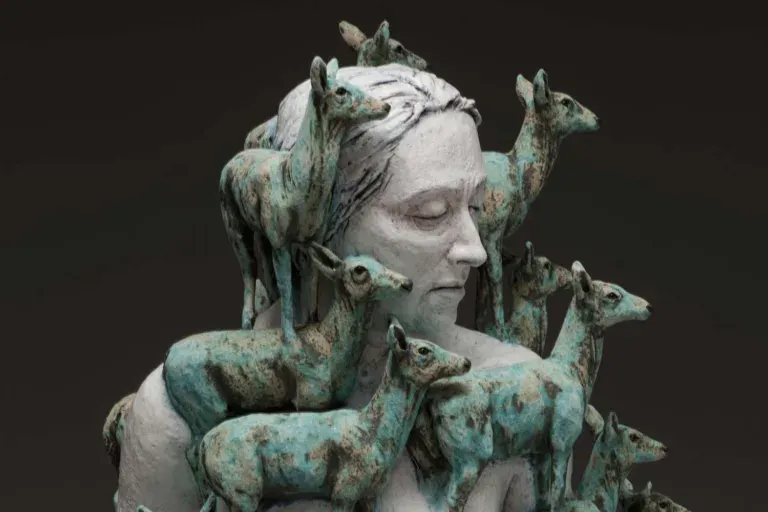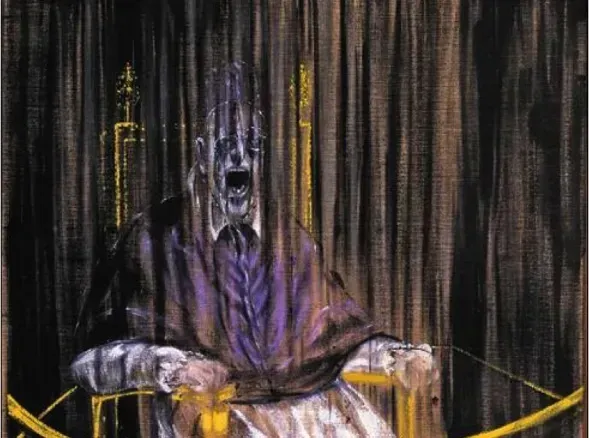The Persistence of Memory
“The Persistence of Memory” is one of the most iconic paintings of the 20th century, and the most famous work of the Spanish artist Salvador Dalí.
Created in 1931, this painting has gained worldwide fame for its extraordinary ability to represent time and memory in a completely new way.
The painting was created during Dalí’s involvement in the surrealist movement and was first exhibited at the Julien Levy Gallery in New York in 1932. “The Persistence of Memory” is a very small work, measuring only 24 x 33 centimeters, but its size has never prevented it from leaving a lasting impression on the minds of viewers.
The first thing that strikes the observer is the strange and surreal combination of objects that the painting represents. There are four soft, melting clocks that seem to blend together and slide down the surface of the painting. In the foreground, there is a branch of a dead tree, and resting on it is a soft piece of cheese. In the background, there are mountains and a bluish, calm sea.
But what does it all represent? There are several interpretations of the painting, but generally, it is believed to represent how memory functions. The soft, melting clocks represent the way time seems to flow slowly and how our memories seem to blend together in a continuous stream. The branch and cheese represent death and decay, while the mountains and sea represent eternity and immortality.
But there is also another possible interpretation, less known but equally interesting. Dalí himself explained that the painting was inspired by the sight of a piece of cheese melting in the sun. According to this interpretation, the clocks represent time melting, while the cheese represents the object melting. In this way, the painting represents the fragility of life and the way everything is destined to dissolve.
Whatever the preferred interpretation, “The Persistence of Memory” is an extraordinary work of art that continues to inspire and fascinate viewers around the world. Its impact on popular culture has been enormous, with many references to the painting appearing in films, books, and other works of art.
It is a testament to Dalí’s ability to capture the essence of memory and time in a way that is still surprising and fascinating today as it was then.






